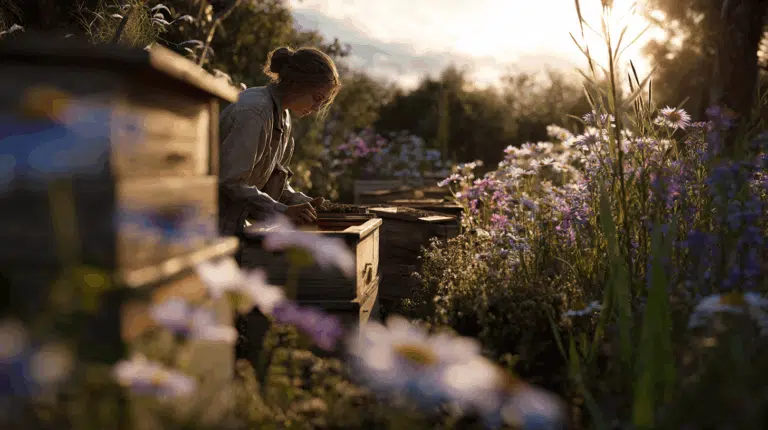Brassica offers florists a robust, colorful, and versatile addition to flower arrangements with a long vase life and distinctive foliage. It's
primarily used for autumn production when the leaves change color due to lower temperatures.
With Brassica seeds from EasySeeds.eu, you can add a surprising decorative element to your garden and bouquets. Brassica, better known as ornamental cabbage , is a unique cut flower and bedding plant that makes a striking appearance not only in borders but also in vases and flower arrangements. Growing Brassica from seed as a cut flower offers gardeners the opportunity to enhance their gardens with vibrant colors and striking leaf textures that will delight for months to come.
Unique leaf structures and colors:
Ornamental cabbage is known for its decorative leaves in shades of purple, pink, white, and green, often with an elegant rosette pattern. These unique colors and shapes make Brassica a real eye-catcher in borders and flower arrangements.
Long-lasting blooms and low-maintenance.
Brassica blooms from late summer until the first frost and is relatively low-maintenance. They are ideal for both novice and experienced gardeners who want to add a colorful touch to their gardens and bouquets.
Versatile and ecological,
Brassica can be grown both in the garden and in pots and also attracts beneficial insects, which contributes to a healthy garden environment.
Borders & flowerbeds – Use Brassica for structure, height, and color accents in your flowerbeds.
Cut flowers for bouquets – The sturdy rosettes are ideal for decorative bouquets and flower arrangements.
Pots and containers – Small ornamental cabbage varieties can be used to brighten up patios and balconies with colour and style.
Combinations with other cut flowers – Combine Brassica with Zinnia, Tagetes or Petunia for a striking, playful effect.
Sowing time – Sow indoors from February to April or directly outdoors after the last frost for an optimal start.
Soil & Location – Use well-draining seed compost and choose a sunny to partially shaded location for healthy growth and strong leaves.
Care – Keep the soil moist during germination and the early growth phase; feed regularly for compact and colorful plants.
Hardening off – Gradually acclimatise young plants to outdoor conditions before planting them out into borders or pots.
Maintenance – Remove any affected leaves and care for the plants to maintain optimal leaf structure and color.
At EasySeeds.eu, you'll find a wide range of Brassica (ornamental cabbage) seeds , selected for their germination rate, color intensity, and robust growth. Whether you want to fill borders, embellish pots, or create striking cut flowers, our ornamental cabbage seeds will help bring your garden to life in a unique way every season.
🌿 Discover our range now and order easily online – buy Brassica (ornamental cabbage) seeds at EasySeeds.eu!

Brassica, commonly known as ornamental cabbage, has unique rosette-shaped leaves that resemble a flower, adding striking color and texture to floral arrangements.
Brassica, also known as ornamental cabbage or ornamental cabbage plant, is a decorative foliage plant often used for flower arrangements, borders, and as a cut flower because of its colorful leaves.
Transplant the seedlings when they have at least two true leaves and the risk of frost has passed. Space the plants 30–45 cm (12–18 in) apart for good air circulation and remove any yellow or damaged leaves to maintain the plant's health.
Harvest Brassica when the foliage is fully colored and mature to ensure the best appearance and longevity as a cut flower.
Brassica plants (ornamental cabbage and ornamental kale) typically change color in cool weather, especially when night temperatures are around or below 10°C (50°F).
Early autumn to early winter: this is the period when most varieties develop their brightest colors (red, purple, pink, white).
Temperature fluctuations stimulate pigment production, particularly anthocyanins, which produce red to purple hues.
Slow color change in warm weather: if it remains too warm, the leaves often remain green or develop less intense colors.